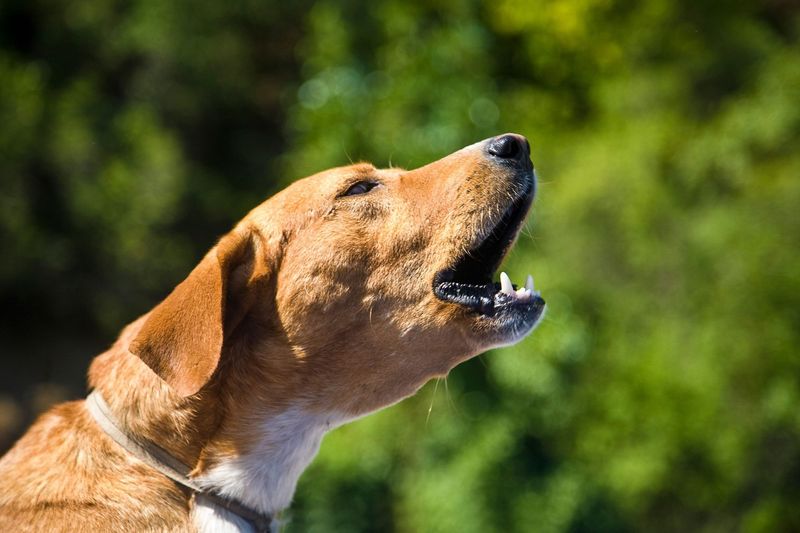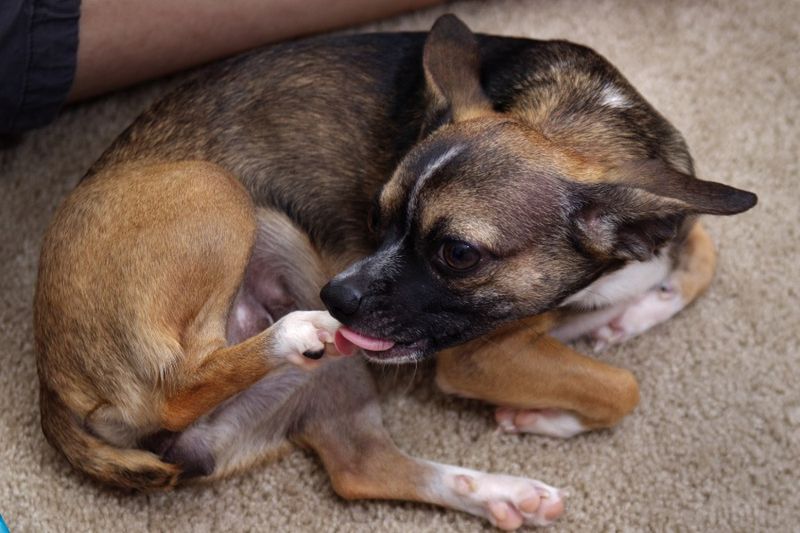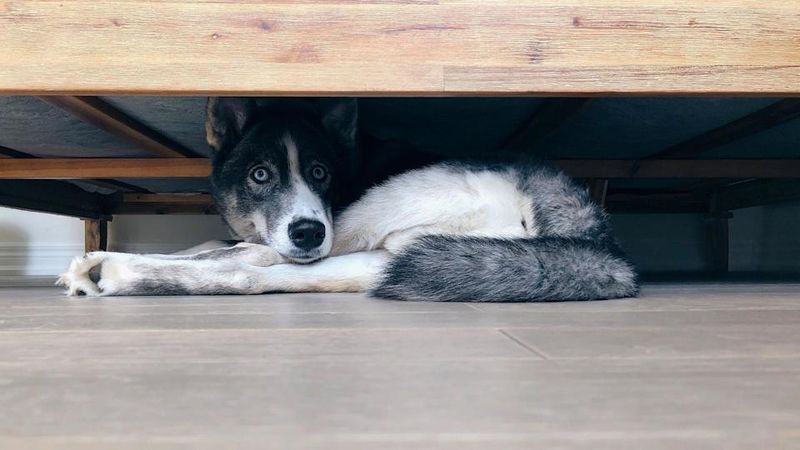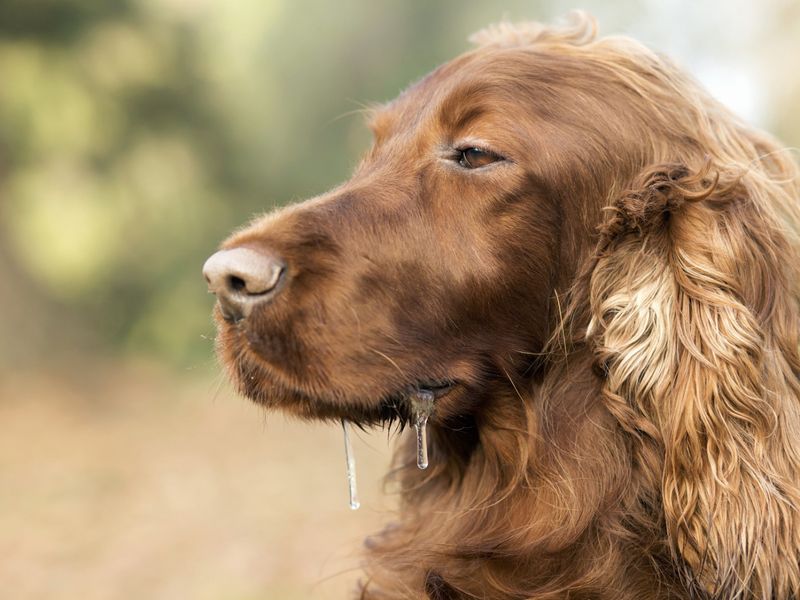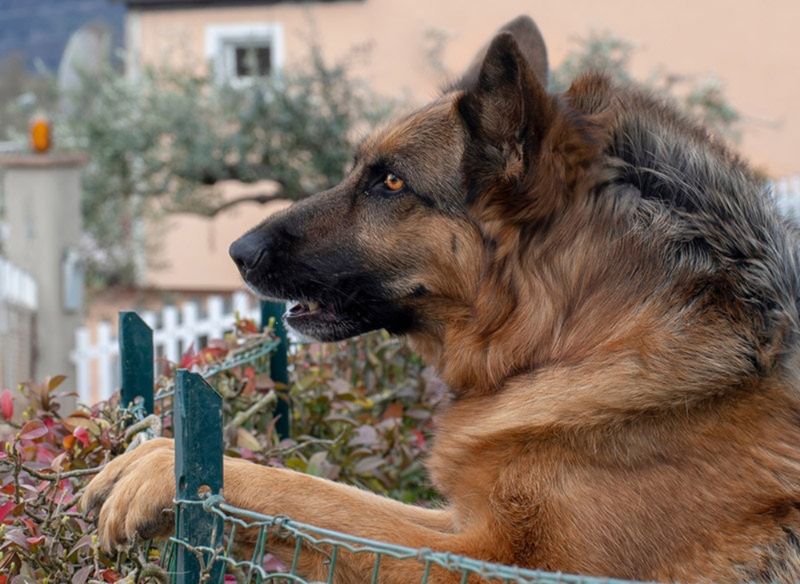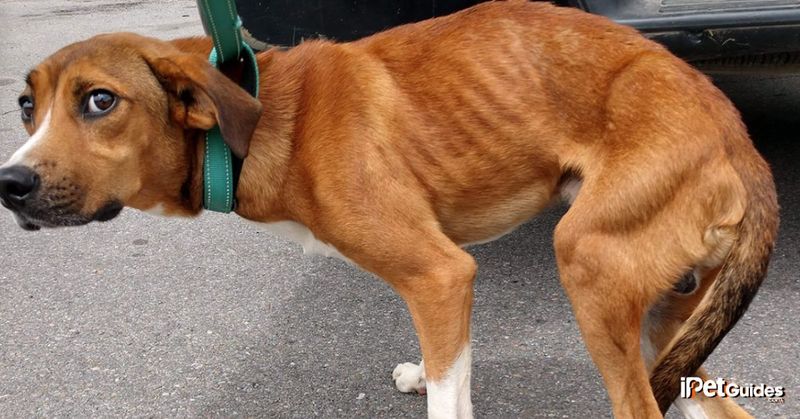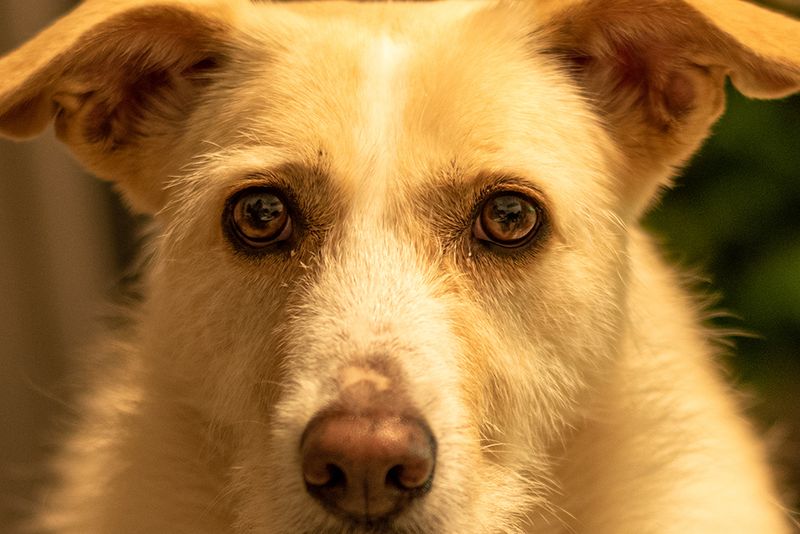Understanding the subtle signs of stress in dogs is essential for ensuring their well-being. Many dog owners may overlook these common indicators, leading to unnecessary anxiety and discomfort for their pets. By familiarizing yourself with these signs, you can take proactive steps to address your dog’s needs and enhance their quality of life.
Excessive Barking
Excessive barking can be an indicator of stress in dogs. When your furry friend barks more than usual, it might be trying to communicate discomfort or anxiety. The noise could stem from environmental changes, such as a new pet or baby in the house, or even construction noises from outside.
Imagine a small dog in a bustling urban apartment, its sharp barks echoing through the room. It’s essential to pay attention to these auditory cues, as they often reveal the underlying distress. Understanding the cause of this behavior is the first step to helping your pet feel more at ease.
Pacing Back and Forth
Pacing is a classic sign of a stressed dog. When a dog walks back and forth in a repetitive manner, it’s often a physical manifestation of anxiety.
In a cozy living room, envision a medium-sized dog weaving between furniture with a worried glance. This behavior could be triggered by a thunderstorm, loud noises, or separation anxiety when their owner leaves the room. Recognizing this sign and providing a comforting environment or distraction can help ease your dog’s restless mind.
Whether it’s a favorite toy or soothing music, small changes can make a big difference.
Loss of Appetite
Loss of appetite is a worrying sign of stress in dogs. When a previously eager eater suddenly shows disinterest in food, it’s time to investigate further.
Picture a dog sitting forlornly by its untouched food bowl, a common scene in the kitchen. This behavior may result from a change in routine, the introduction of a new pet, or an unfamiliar environment.
By observing this change and consulting with a vet, you can better understand the root cause and take steps to ensure your dog’s health and happiness.
Excessive Licking
Excessive licking, especially when focused on a particular spot, can indicate stress in dogs. It’s a coping mechanism that dogs use to soothe themselves when they’re anxious.
In a sunlit room, imagine a dog repeatedly licking its paw, lying on a plush carpet. This behavior might be sparked by changes in the home environment or even due to boredom.
Addressing the source of stress and providing alternative ways to engage, like interactive toys or more exercise, can help break this habit and bring comfort to your pet.
Destructive Behavior
Destructive behavior is a clear cry for help from a stressed dog. When your canine companion starts shredding pillows or chewing on furniture, it might be trying to tell you something.
Imagine the aftermath in a living room filled with pillow stuffing and chewed-up shoes. This kind of behavior often stems from separation anxiety or a lack of mental stimulation. Providing your dog with puzzle toys and plenty of exercises can help alleviate their stress.
Consider consulting a professional trainer if the behavior persists, as they can offer more tailored solutions.
Frequent Yawning
Frequent yawning in dogs can be more than just being tired; it’s often a sign of stress. It’s a physiological response to anxiety, attempting to calm themselves.
Picture a dog sitting in a serene garden, surrounded by blooming flowers, yet yawning repetitively. This response can occur when they’re faced with unfamiliar situations or new environments.
Helping your dog adjust gradually to new experiences can reduce stress. Creating a familiar and comforting routine will also provide a sense of security and ease their nerves.
Trembling or Shaking
When dogs tremble or shake, it could be an indication of stress or fear. A small dog hiding under a chair in a home office might be reacting to loud noises or the presence of strangers.
This involuntary response is a common sign that your pet is feeling overwhelmed. Observing the triggers and working to desensitize your dog to these stressors can improve their sense of safety.
Providing a cozy refuge and comforting words can sometimes work wonders in alleviating their anxiety.
Increased Sleeping
Increased sleeping can be a sign of a stressed or depressed dog. When your dog seems to doze off more than usual, it might be trying to escape from stressful situations.
Envision a dog sprawled out on a comfortable couch, napping for what seems like the entire day. This behavior might indicate that your pet is feeling overwhelmed or lacks stimulation.
Engaging your dog in regular playtime and activities can help reduce stress and promote a more balanced routine.
Avoidance or Hiding
Avoidance or hiding is a behavior that signals a stressed dog. When your canine starts retreating to secluded spots, it’s time to take notice.
Imagine a dog sneaking under a bed, its eyes wide with worry, in a dimly lit bedroom. This behavior is often linked to fear or anxiety, triggered by loud noises or unfamiliar visitors.
Creating a safe and cozy space for your dog to retreat to, along with gentle reassurance, can help ease their anxiety and encourage them to return to their usual behavior.
Constant Whining
Constant whining is a vocal sign of stress that you shouldn’t ignore. When dogs whine persistently, they’re often expressing discomfort or unease.
Picture a dog perched by a window, its eyes fixed on the cloudy sky, letting out soft whines. This vocalization can stem from separation anxiety or the anticipation of an upcoming event.
Addressing the root cause and providing positive reinforcement during calm moments can help reduce this behavior. Consider comforting distractions like toys or soothing music to ease their stress.
Drooling More Than Usual
Excessive drooling can be linked to stress in dogs. While some drooling is normal, an increase can indicate anxiety.
On a sunny porch, visualize a dog with an anxious expression, drooling more than usual. This might occur due to car rides, vet visits, or thunderstorms.
Recognizing this sign and providing a calming environment or stress-relief techniques like gentle brushing or massage can help your pet relax.
Panting Without Physical Exertion
Panting without physical exertion is a sign of stress in dogs. If your dog starts panting heavily without having exercised, it may be feeling anxious.
Imagine a dog indoors, lying on the cool tiles, panting with a concerned expression. This behavior can be triggered by loud noises or separation from family members.
Ensuring a calm environment and providing comforting words or gentle petting can help alleviate their stress. If panting persists, a vet check-up is advised to rule out any medical issues.
Aggressive Behavior
Aggressive behavior in dogs, like growling or snapping, can be a stress response. When a dog perceives a threat, even if it’s just its reflection, aggression might surface.
In a hallway, envision a dog growling at its reflection in a mirror, its posture tense and alert. This behavior can be caused by fear or territorial instincts.
Addressing these signs early, and seeking guidance from a professional, can help modify this behavior and reduce your dog’s stress levels.
Raised Hackles
Raised hackles, or the fur along a dog’s back standing up, can be a sign of stress or arousal. This automatic response can occur when a dog is feeling threatened or excited.
Picture a dog in a backyard, its hackles raised as it stares down a passing squirrel. While this can also be a natural reaction, it’s essential to understand the context and respond appropriately.
Providing positive reinforcement for calm behavior can help manage this response and reduce stress over time.
Tail Tucking
Tail tucking in dogs is a common sign of fear or stress. When a dog tucks its tail between its legs, it’s often a reaction to feeling threatened.
In a vet’s waiting room, imagine a dog standing nervously, its tail tightly tucked. This behavior signals unease and a need for reassurance.
Offering gentle words and a comforting hand can help your dog feel more secure. Observing their body language and understanding their triggers is key to easing their stress.
Dilated Pupils
Dilated pupils can be a physiological sign of stress in dogs. When a dog’s pupils expand, it might be reacting to anxiety or excitement.
In a park setting, picture a dog’s face close-up, its eyes wide and pupils large, alert to its surroundings. This physical response can occur during stressful events or when they’re overstimulated.
Creating a calming environment and reducing stimulus can help soothe your pet. Gradually exposing your dog to new experiences can also aid in reducing stress-related reactions.
Reduced Social Interaction
Reduced social interaction is a sign that a dog might be stressed or depressed. When a dog isolates itself from play or social activities, it’s often a signal of discomfort.
In a grassy field, envision a dog sitting alone, uninterested in the lively group of dogs nearby. This behavior can be due to changes in the home or recent traumatic events.
Encouraging gradual socialization and rewarding positive interactions can help your dog regain confidence and reduce stress.

